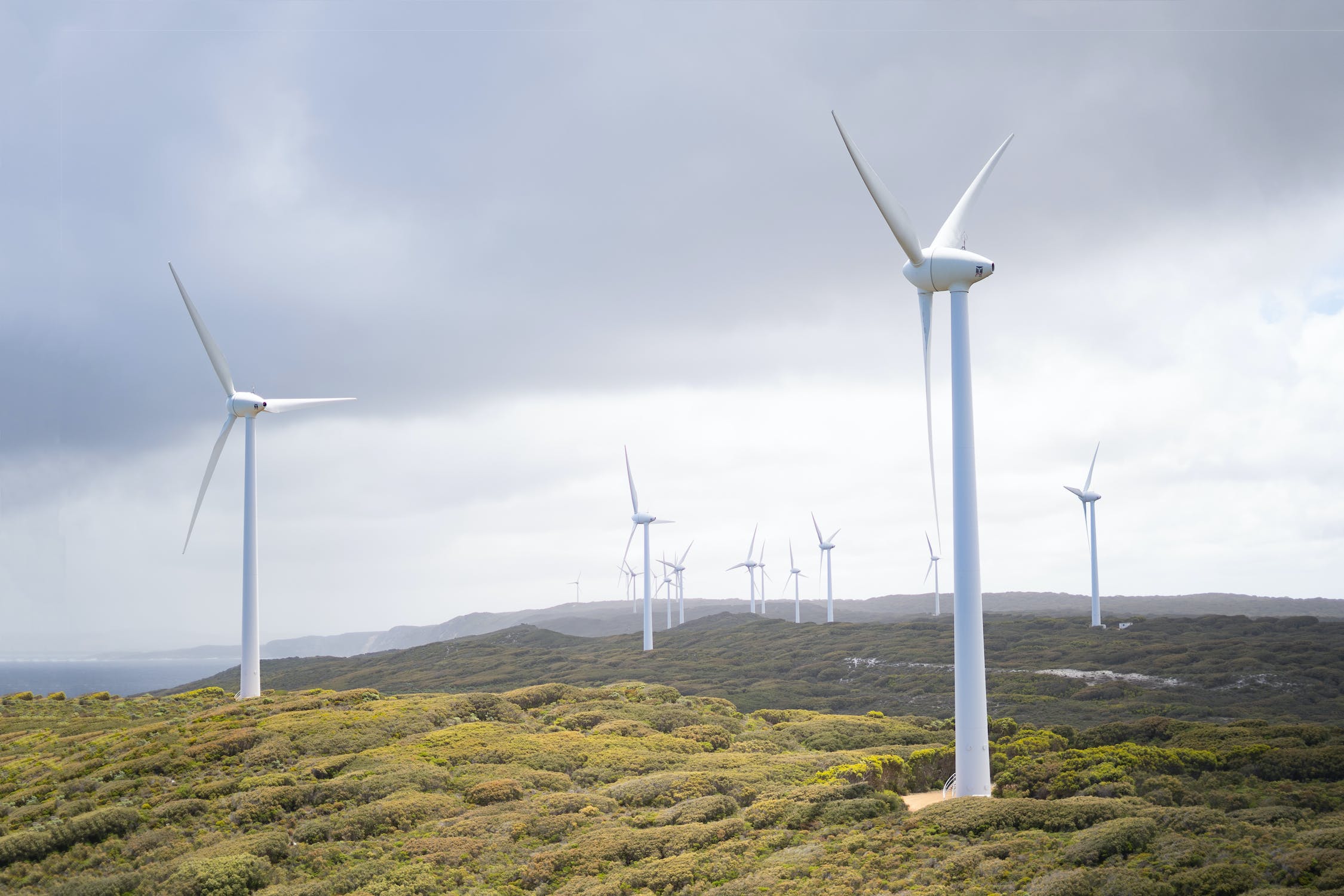
09 Apr FARM AND CONSTRUCTION EQUIPMENT: WHAT COMING YEARS WILL BRING
The farm and construction equipment industries are on the cusp of a major transformation that – as you may have noticed – is being driven by technological advancements, environmental concerns, and shifting market demands. As we look ahead, the future of these sectors will be characterized by a growing change in best practices. For sake of discussion, let’s take a closer peek at what the future of farm and construction equipment will hold.
To begin with: Automation and robotics are playing an increasingly important role in both the farming and construction sectors. As labor shortages persist and operational efficiency becomes more critical, businesses are turning to automated solutions to help bridge the gap. In the agricultural sector, autonomous tractors, drones, and robotic harvesters are already being employed to improve productivity and reduce labor costs.
Similarly, in construction, autonomous equipment such as excavators, bulldozers, and cranes are being developed to enhance efficiency and minimize human intervention in hazardous tasks. By utilizing advanced sensors, cameras, and AI algorithms, these machines can perform tasks with precision and consistency, reducing the risk of accidents and improving overall project timelines.
The integration of connected equipment and data analytics is another big new exciting development that is helping shape the future of farm and construction equipment as well. By equipping machinery with sensors and communication technology, businesses can collect valuable data on equipment performance, usage patterns, and environmental conditions. This data can then be analyzed to optimize operations, reduce downtime, and inform decision-making.
For example, in agriculture, connected equipment can monitor soil conditions, crop health, and weather patterns, enabling farmers to make more informed decisions about planting, irrigation, and pest control. In construction, data collected from connected equipment can be used to plan maintenance schedules, manage resources more effectively, and track project progress in real-time.
As global efforts to combat climate change intensify, sustainability is becoming a top priority in both the farm and construction equipment industries as well. One way this is being addressed is through the electrification of machinery. Electric equipment offers numerous benefits, including reduced emissions, lower operating costs, and decreased noise pollution.
In the agricultural sector, electric tractors and harvesters are already being developed and tested, with some models already available on the market. These machines not only reduce greenhouse gas emissions but also offer improved efficiency and lower maintenance requirements compared to their internal combustion engine counterparts.
Similarly, the construction industry is seeing the introduction of electric excavators, loaders, and other equipment. As battery technology continues to advance, providing greater power output and longer runtimes, we can expect the adoption of electric equipment in both sectors to accelerate.



